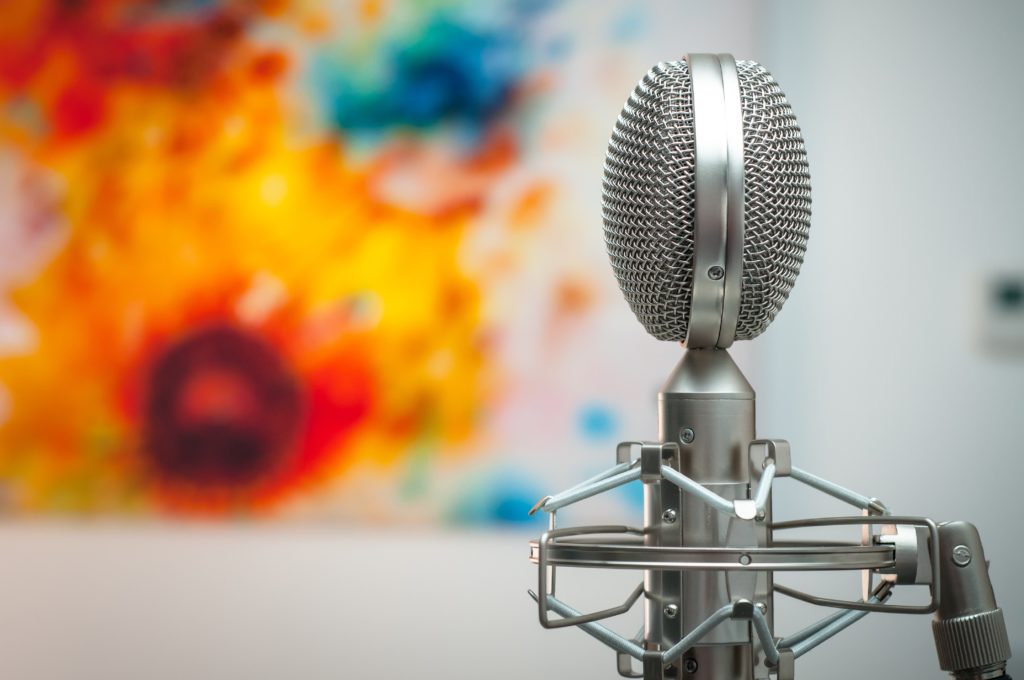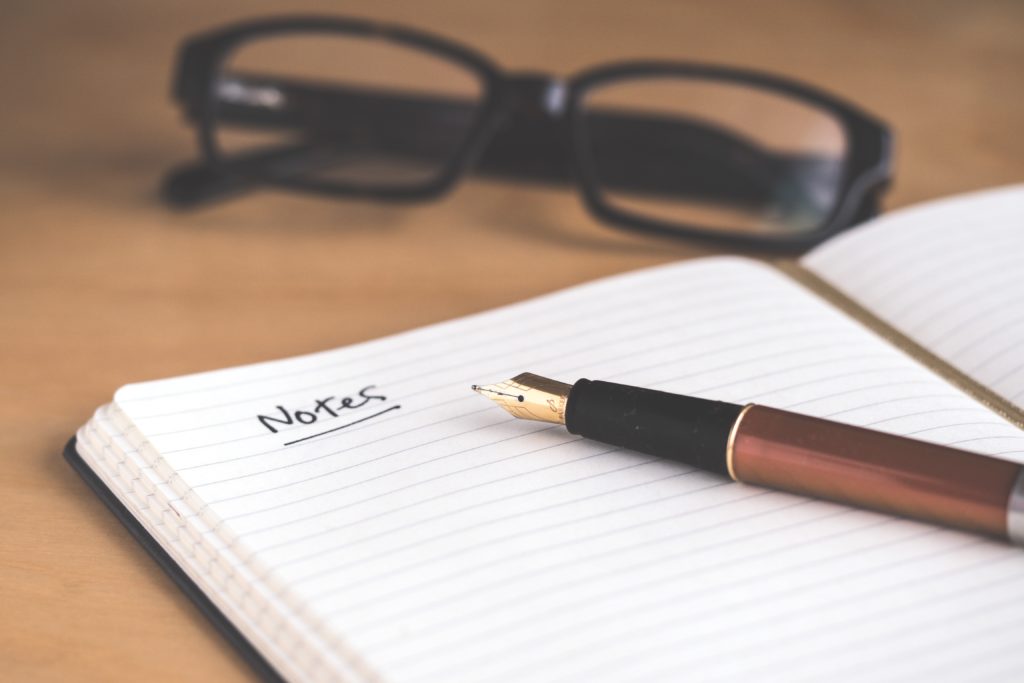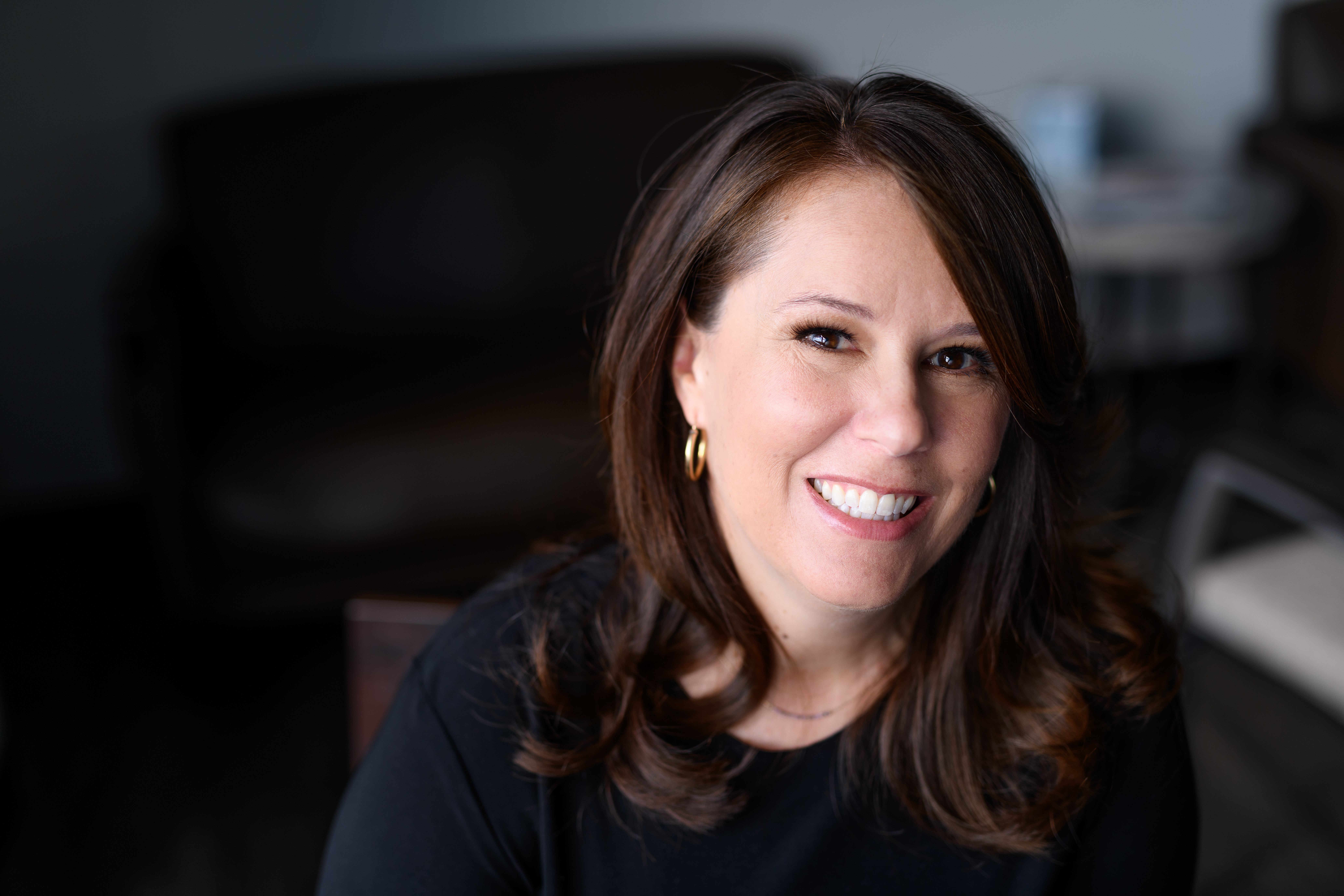The way to right wrongs is to turn the light of truth upon them.
Ida B. Wells
October 2017
On October 2, 2017, I was driving my daughter to school with the news on. The lead story was about a mass shooting that had taken place the night before on the Las Vegas strip.
Thousands of people gathered at an outdoor venue to hear a series of country music performers. A single shooter used his rented room at The Hotel at Mandalay Bay to open fire on unsuspecting concert goers. During the chaos, over fifty people were killed and over five hundred were injured.
As the retelling of the events unfolded on the airwaves, the newscaster reported that the police had identified a key suspect: a 64-year-old male.
I immediately turned to my daughter and said, “he’s white.”
My daughter looked back at me with shock. And in a typical sarcastic, teenage tone, she asked, “Mom, how can you say that? The news reporter did not identify his race or ethnicity.”

Hidden Bias of Words Not Spoken
Media conventions, routines, and framing play a significant role in our perception of the world around us. We internalize way more than we realize.
Our ‘unconscious’ minds take in what we see, hear, and experience. And from there it creates perceptions of reality. The challenge is that perception doesn’t always match reality.
Have you ever thought about the coverage or portrayal of racial and ethnic minorities on the news or other forms of media? Do you ever critically think about the images or the words used to describe events and stories?
Invisibility of Whiteness
Whiteness becomes “invisible,” because it’s not named.
I continued, “I can say that he is white, because if he were Black, Hispanic, Latinx, Middle-Eastern, Asian, or any other “Other,” they would have led with that description.”
Coverage in the news impacts how people think, act, and feel about what is going on in the world around them. Media cannot tell us what to think, but it absolutely can influence what we think about.
Text analysis shows us that if a criminal is Black, the coverage is 3x more likely to mention their race than if they are white. This creates a very skewed perception of reality.

Over a Lifetime
Can you imagine how mainly hearing non-white racial and ethnic descriptors, when crimes are reported, impacts perception of who is a criminal? What do you think leaving out white does to perception?
Exploring our Unconscious
In the last two months, I pointed out how we act on autopilot when doing daily routines and how thoughts just seem to pop into our head.
Hidden bias is very real and it is real in its consequences. It impacts how we think, act, and feel. And unless we actively seek to question why we each think, act, and feel the way that we do, we can get trapped in a loop of false perceptions.
It is Time to Shyft the Status Quo
Ignorance can be bliss, but our ignorance of our own hidden bias (aka unconscious or implicit bias) can cause very real and problematic consequences. It not only impacts our perception of who commits crimes, but it impacts who we think should hold which job, who makes a better leader, and who should be promoted.
In order to overcome the barriers created by bias, we must actively work to uncover it and overcome it. The only way to have an honest discussion of the reality of today, is to understand how we got here and why we believe what we believe.
Our perceptions shape our thoughts. But our thoughts are not always right.

By Kristin Heck Sajadi, Founder and CEO at Shyft Strategies, LLC
Sajadi is a sociologist, entrepreneur and developer of the Shyft5 TM program – helping individuals and organizations build social and self-awareness as an asset to shyft the status quo.
Shyft5 TM program tackles challenges and builds awareness—the benchmark for effective communication, productive interaction, and thriving cultures in today’s organizations.
At Shyft Strategies, we help you uncover the unconscious thinking and actions that create obstacles and barriers. We help you navigate today’s new business and human capital reality. The first step to moving forward is increasing awareness. Awareness isn’t just learning a new fact or statistic. It is connecting the dots between the reality of what is and why, so that we can consciously and cognitively shyft to what can be and how.

